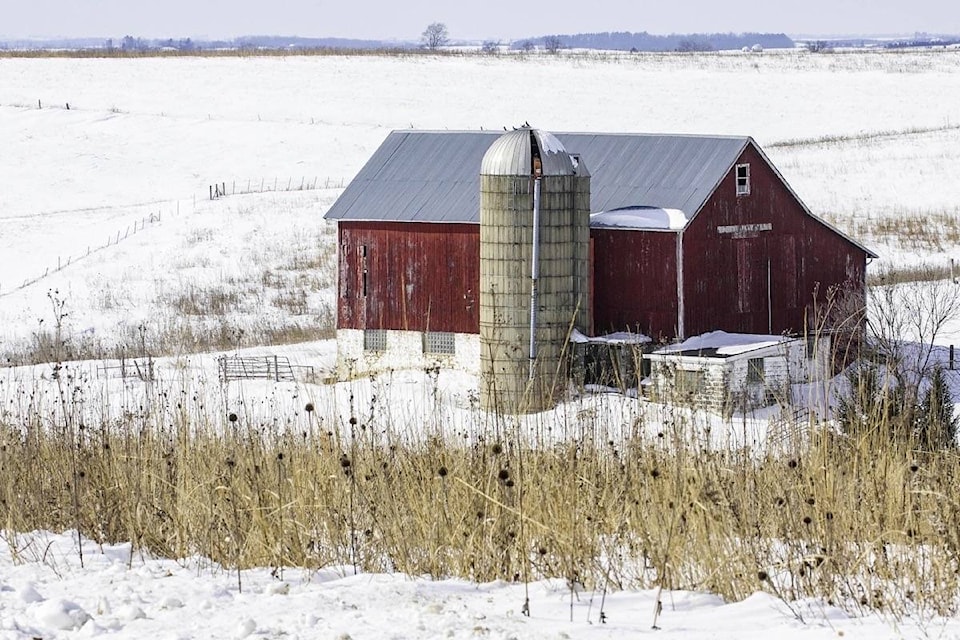A trend with beef cattle producers in northwestern Alberta is growing annual cocktail blends for forage production, with those blends including cereals, grasses, legumes and brassicas.
‘There’s a lot of interest in the Peace Country about cocktails, and there are a lot of questions,’ explains Buthaina Al-Maqtari, research technician with Peace Country Beef and Forage Association (PCBFA).
She notes that cocktail blends could increase forage production, improve water and soil quality, increase nutrient cycling, moisture conservation and crop productivity.
They may provide a broad range of possible ecosystem benefits, including nitrogen provisioning and weed suppression, as well as improving soil carbon stocks.
‘Talking about the ecosystem benefits of cocktails is really important,’ Al-Maqtari adds. ‘There are a lot of producers who care about their soil, and they’re asking a lot of questions about how to improve it. Cocktails are one way to do that.’
In 2019, PCBFA began its two-year project, Multispecies Cover Crop Cocktails in Northwestern Alberta: Agronomic Performance, Ecosystem Services and Economic Advantages, at its Fairview Research Farm.
Seven cocktail blends consisting of two to eight crop species were tested against two cereal monocrops. All of the treatments including monocrop cereals were tested at three seeding rates – 100, 125 and 150% of recommended monoculture seeding rates.
For the cocktail blends seeding rates, an equal amount method was used to ensure that seeding rates for each species in the blend was proportional to their monocrop rate. The treatments were replicated 4 times, and all legumes in the blends were inoculated with granular nitrogen-fixing inoculant at seeding. A seeding depth of three-quarters of an inch was used.
Now that the second growing season of the trial is complete, the research team is collecting and analysing the data.
‘We hope with this project that we will be able to provide information and details for producers to determine the best seeding rate to optimize their forage production, along with maintaining the economic and ecosystem benefits that come along with seeding a cocktail,’ Al-Maqtari explains.
‘We want to see how cocktails are effective in improving soil fertility and soil quality along with enhanced forage yields and their quality.’
The research team will also conduct a cost analysis to compare input costs and output revenue and look at how cocktail mixtures can be tailored to meet a producer’s goal and their production system. They will also look at what’s needed to produce an economic mix that retains maximum crop diversity.
Al-Maqtari notes that besides all of the benefits for a producer’s soil, growing cover crops could be beneficial to the producer’s bottom line.
‘If a producer wants to seed a cash crop after seeding an annual cocktail, in general, it’s going to improve the soil. There is a benefit besides growing a good quality forage.’
‘Our hope is that following the data analysis of the results later in the fall, we will be able to determine some significant trends, profitable blends and an optimum seeding rate for livestock production.’
Funding for this project was provided by the Governments of Canada and Alberta through the Canadian Agricultural Partnership under the Environmental Stewardship and Climate Change Program.
In Alberta, the Canadian Agricultural Partnership represents a federal-provincial investment of $406 million in strategic programs and initiatives for the agricultural sector.
-Submitted
